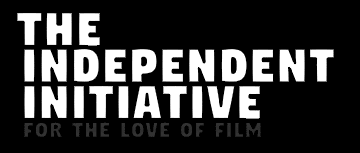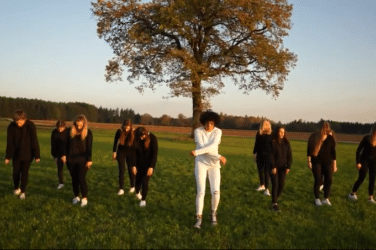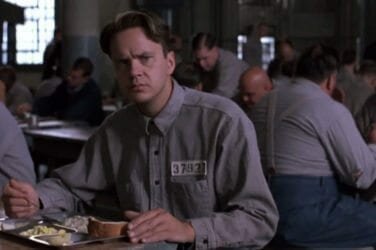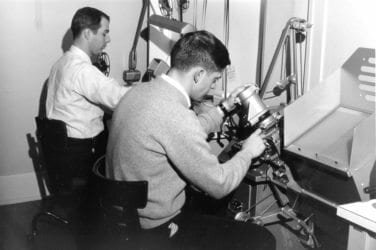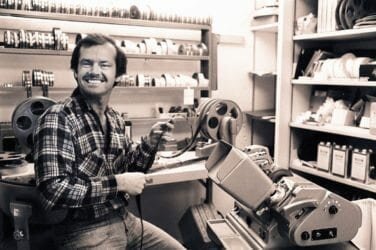Creative dialogue is tricky. You’re walking a fine line of sounding melodramatic and relatable.
I betchya that no one let you in on the secret that good dialogue depends on good directing as well as good writing. I know, but believe me it’s true; buckle in kids it’s time to learn how to direct dialogue.
Know Your Characters In and Out
This one isn’t just for the actors, but for the directors chair too. In pre-production make sure you’ve figured out what makes your characters tick. Don’t stop at just their goals, know what gets them riled up, what sets them at ease. Watch this clip from Ridley Scott’s Blade Runner.
Notice how much more believable the dialogue and character are because the actor and director knew exactly what stressed this guy out.
Keep Your Actors Grounded
Once upon a time I used to act on stage and one of the hardest challenges I had was escalating the tension of a scene through dialogue. I would instantly ramp up to 11 and start getting agitated and yelling.
Now this is bad for a couple of reasons:
First of all, once your actors have committed to yelling it’s hard to get the emotion back down.
Secondly, once you’ve ramped a scene up to 11 there’s nowhere else to go. You have to build to the explosion.
Check out this scene from One Flew Over the Chukoo’s Nest watch how the actors (and conversely the director) have clearly picked moments to go from mild mannered to finally hulking out.
The tension in a scene doesn’t come from anger outbursts, but watching our characters try not to burst out in anger.
To quote Leonard Nimoy from on set of Star Trek II: The Wrath of Khan: “I never played [Spock] as a guy without emotion, I played him as a guy trying to keep a lid on it.”
This might sound more like acting advice, but it’s crucial that you understand this as a director. Giving an actor the motivation to fight the anger can make a huge difference.
Expectations vs Reality
Go out and listen to the way people talk to one another, you’ll notice something: we never say what we mean! We dodge and skirt around it. In other words, our expectations of what we want to say never meet reality.
If you’ve ever been the one to break up with someone how many times is “It’s not you, it’s me.” actually the case? In reality you can’t wait to get as far away from that nutcase as possible! “It’s not you, it’s me.” is just a way to cushion the blow before you run for the hills.
Check out this scene from 500 Days of Summer, a film that’s literally about subverting your expectations with reality.
Make sure there’s no “It really is you” in your script, and let your story and actors live in the “will they/won’t they” of the story; it’s the whole reason we’re watching in the first place! We don’t want to see the guy get the girl, we want to watch the guy TRY and get the girl. And make sure your dialogue and performances reflect this.
The Walk and Talk
I’m not going to lie, I’m taking a page right out of Sorkin’s book. Don’t have your actors sit around and talk, have them walk and talk.
Now don’t worry, I don’t mean that literally (sort of.) What I mean is give your actors a physical goal during a scene. This will immerse your actor in their role so much more and inherently give your dialogue street cred.
If the character has tough news to break give them something physical to fidget with, they’ll come off distracted and it’ll appear that their character can’t make eye contact and is having a tough time spitting it out.
Need inspiration? Check out some episodes of West Wing, the show that literally coined the concept.
Hopefully this list helped and you can go out and shoot something! Get as tenacious as you want, just remember good dialogue is all about directing.



